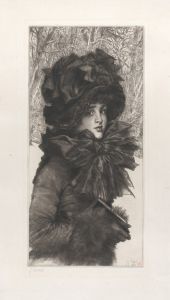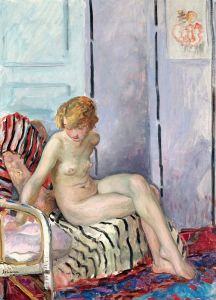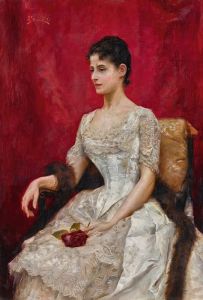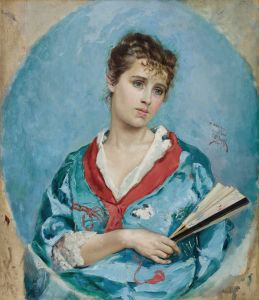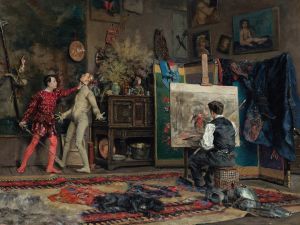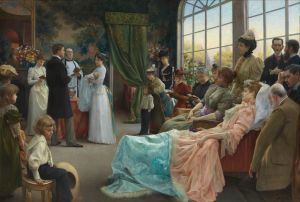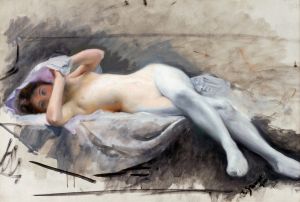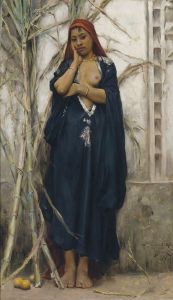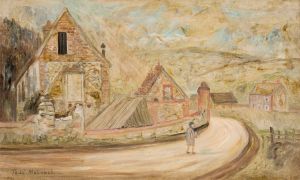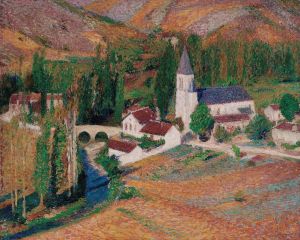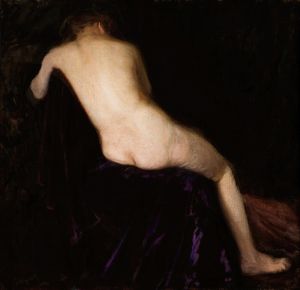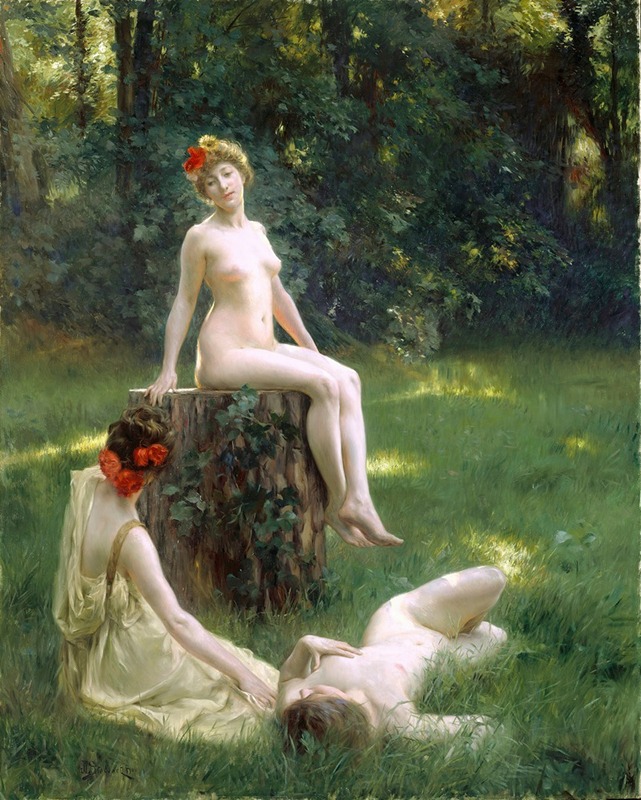
The Glade
A hand-painted replica of Julius Leblanc Stewart’s masterpiece The Glade, meticulously crafted by professional artists to capture the true essence of the original. Each piece is created with museum-quality canvas and rare mineral pigments, carefully painted by experienced artists with delicate brushstrokes and rich, layered colors to perfectly recreate the texture of the original artwork. Unlike machine-printed reproductions, this hand-painted version brings the painting to life, infused with the artist’s emotions and skill in every stroke. Whether for personal collection or home decoration, it instantly elevates the artistic atmosphere of any space.
Julius LeBlanc Stewart (1855-1919) was an American artist known for his luxurious and detailed depictions of high society life in the late 19th and early 20th centuries. One of his notable works is "The Glade," a painting that exemplifies his skill in capturing the elegance and leisure of the upper class during the Belle Époque period.
"The Glade" showcases Stewart's mastery in rendering both figures and landscapes with meticulous attention to detail. The painting features a serene outdoor scene, likely set in a lush, verdant garden or park. The composition is characterized by its harmonious balance between the natural surroundings and the human figures that inhabit the space. Stewart's use of light and shadow adds depth and realism to the scene, creating a sense of tranquility and refinement.
In "The Glade," Stewart's subjects are typically dressed in fashionable attire of the era, reflecting the opulence and sophistication of the time. The figures are often engaged in leisurely activities, such as conversing, strolling, or simply enjoying the beauty of their environment. This focus on the leisurely pursuits of the wealthy is a common theme in Stewart's work, highlighting his interest in the social dynamics and cultural norms of his time.
Stewart's technique in "The Glade" demonstrates his academic training and his ability to blend realism with a touch of impressionistic influence. The brushwork is precise yet fluid, capturing the textures of fabrics, foliage, and other elements with remarkable clarity. The color palette is rich and varied, enhancing the overall vibrancy and liveliness of the scene.
Julius LeBlanc Stewart was born in Philadelphia but spent much of his career in Paris, where he was influenced by the artistic movements and prominent figures of the time. He studied under the renowned French painter Jean-Léon Gérôme and became associated with the Parisian art scene, exhibiting regularly at the Paris Salon. Stewart's work was well-received by critics and patrons alike, earning him a reputation as a skilled and fashionable painter.
"The Glade" is a testament to Stewart's ability to capture the essence of an era marked by elegance and affluence. His paintings offer a window into the world of the elite, providing contemporary viewers with a glimpse of the lifestyles and aesthetics that defined the late 19th century. Stewart's attention to detail, combined with his ability to convey the subtleties of light and atmosphere, makes "The Glade" a significant example of his artistic legacy.
Overall, "The Glade" by Julius LeBlanc Stewart is a remarkable work that encapsulates the artist's talent for portraying the beauty and sophistication of high society life. Through his meticulous technique and keen observation, Stewart has created a timeless piece that continues to be appreciated for its artistic and historical value.





